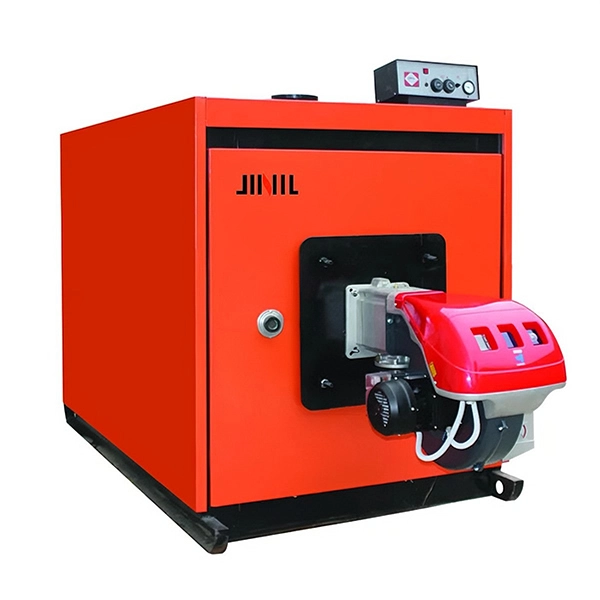
A horizontal oil and gas hot water boiler is a type of boiler widely used in commercial, industrial, and institutional settings to produce hot water for heating and process applications. Unlike their vertical counterparts, these boilers are designed with a larger footprint, which allows for higher capacity and efficiency.
A horizontal oil and gas hot water boiler is an efficient and reliable heating solution designed for industrial, commercial, and residential applications. Unlike vertical boilers, the horizontal design allows for a larger heating surface and more uniform heat distribution, ensuring consistent hot water output. This type of boiler can operate using either oil or natural gas as fuel, offering flexibility and cost-effectiveness based on local fuel availability.
The horizontal design means the main cylindrical shell of the boiler is oriented horizontally. Inside this shell, firetubes run through the water, allowing hot combustion gases to transfer heat efficiently.
These boilers are versatile and can be designed to fire on a range of liquid fuels (like heavy oil, light oil, diesel) and gaseous fuels (such as natural gas, LPG, biogas). Many modern units are dual-fuel capable, offering operational flexibility.
Fuel is combusted in the furnace, producing hot gases. These gases then pass through a series of firetubes (often in multiple passes) which are submerged in water. Heat is transferred from the hot gases through the tube walls to the surrounding water, raising its temperature and producing hot water.
Shell: The main pressure vessel containing the water.
Furnace/Combustion Chamber: Where fuel is burned.
Firetubes: Tubes through which hot gases pass, transferring heat to the water.
Burner: Atomizes liquid fuel or mixes gas with air for efficient combustion.
Refractory: Heat-resistant lining in the furnace to withstand high temperatures.
Insulation: Reduces heat loss from the boiler shell.
Control System: Manages combustion, water level, pressure, and safety interlocks.
Safety Valves: Release pressure if it exceeds safe limits.
Feedwater Pump: Supplies water to the boiler.
Compact Design: The horizontal orientation can be more space-efficient in some installations compared to vertical boilers of similar capacity.
High Efficiency: Often designed with multiple passes for flue gases, maximizing heat transfer.
Reliability: Robust construction for continuous operation.
Versatility: Capable of burning various fuels, providing flexibility based on availability and cost.
Ease of Maintenance: Access to firetubes for cleaning and inspection can be straightforward.
Horizontal oil and gas hot water boilers are widely used in:
Commercial and Institutional Buildings: For space heating and domestic hot water.
Industrial Processes: Providing hot water for various manufacturing, chemical, food processing, and textile industries.
District Heating: Supplying hot water to a network of buildings.
Efficiency and Environmental Considerations
Modern horizontal boilers are designed with energy efficiency in mind, often incorporating features like economizers (to preheat feedwater using flue gas heat) to improve overall thermal efficiency. Emissions control is also a significant consideration, with burners designed to minimize NOx and other pollutants.
Take every customer request seriously.

Shuxin
Electromechanical
+86 15516359168
shuxin@sxburner.com
Room 504, Building 11, Wuzhou International Industrial Expo City, Old National Highway 310, Xigong District, Luoyang City, Henan Province
+86 15516359168
shuxin@sxburner.com
Room 504, Building 11, Wuzhou International Industrial Expo City, Old National Highway 310, Xigong District, Luoyang City, Henan Province